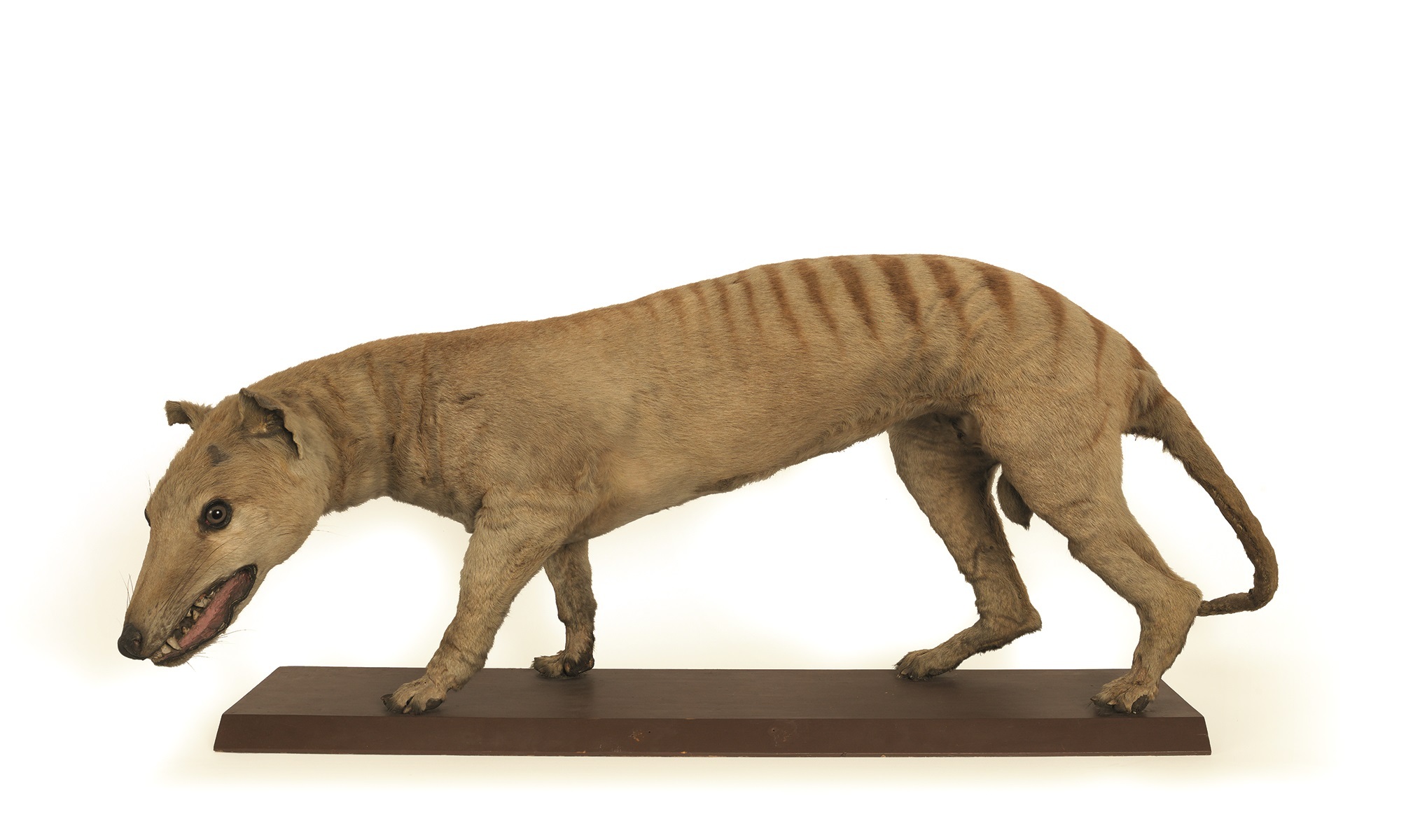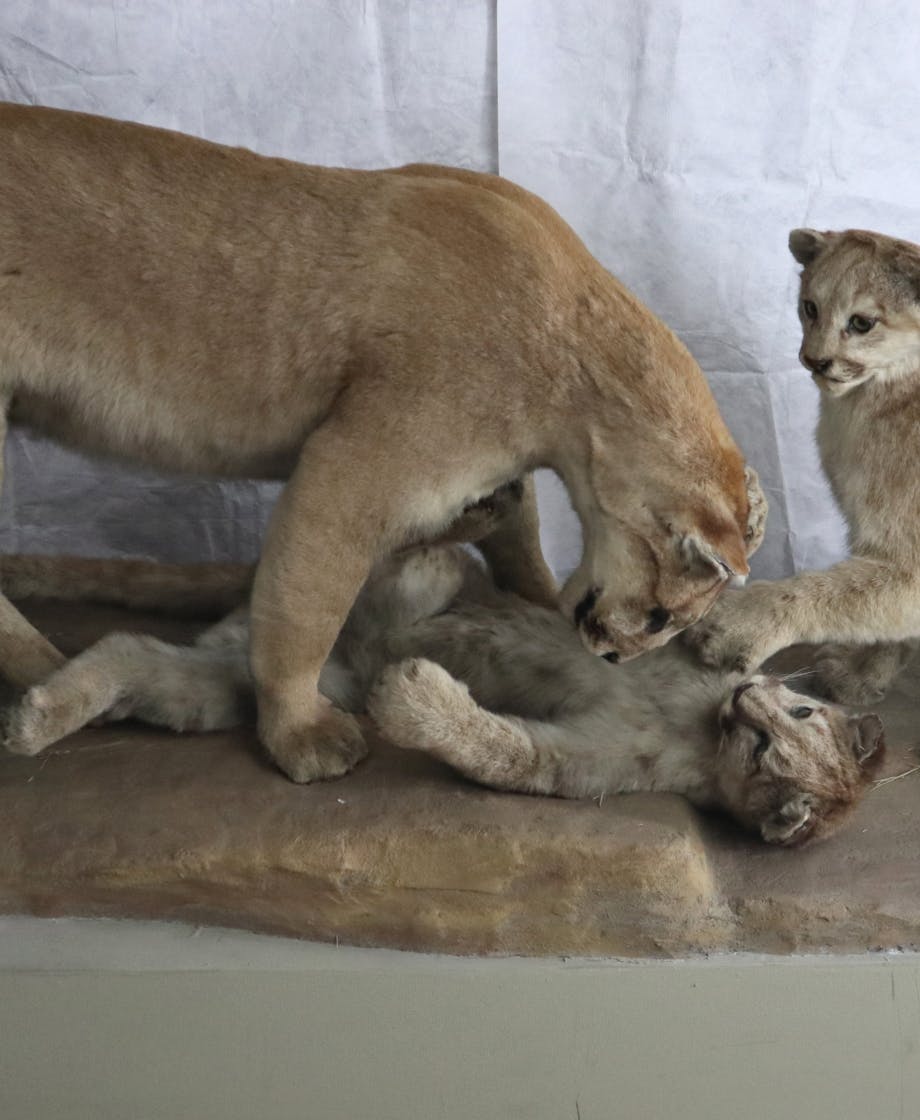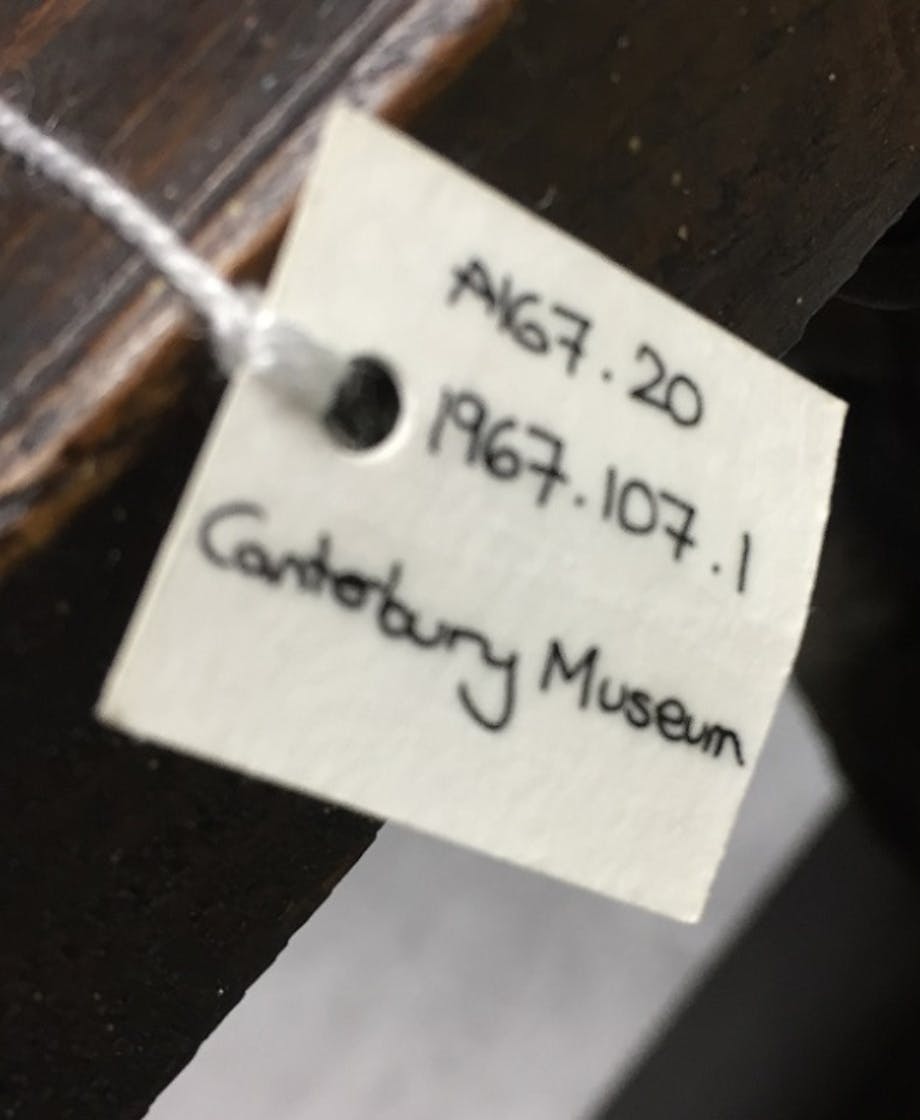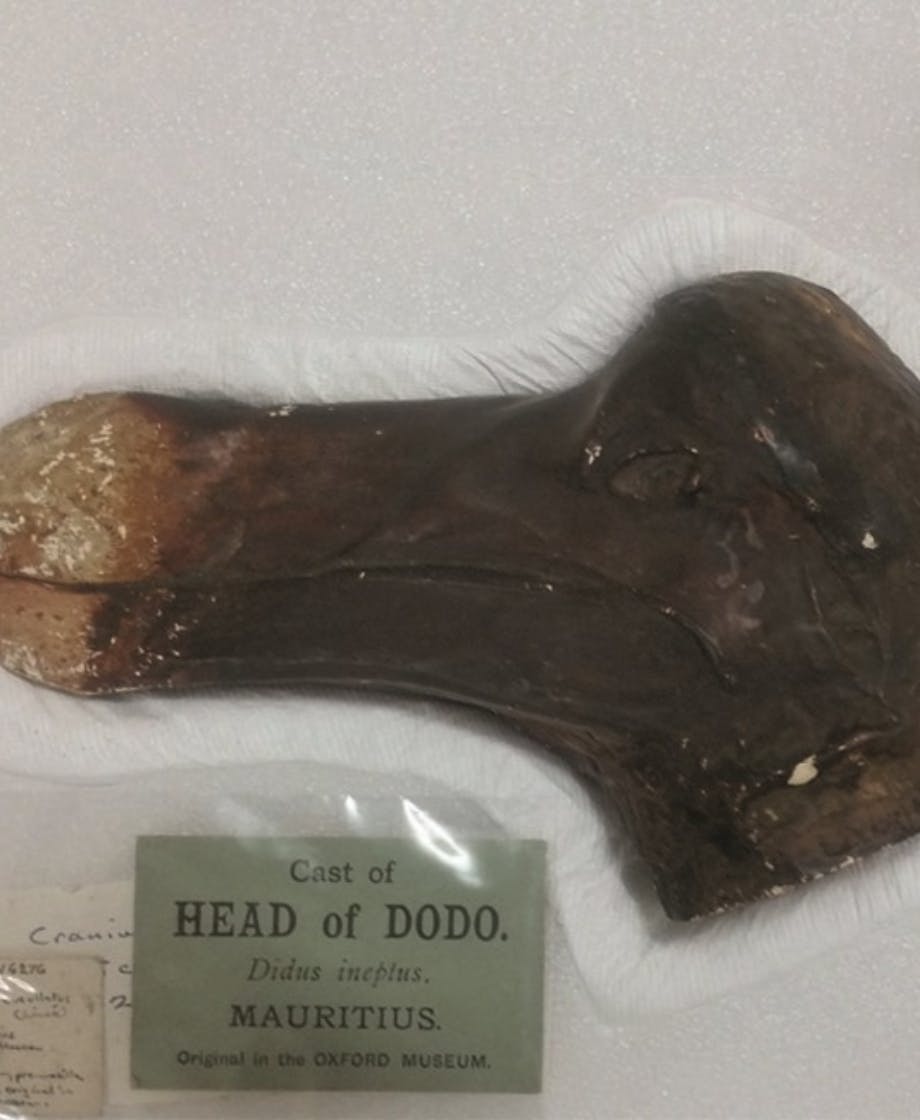When is an ox not really an ox? When it’s a muskox!
If you’ve visited our exhibition Fur, Fangs and Feathers (on until 20 March!) you will have seen the muskox positioned between the two polar bears.
Muskoxen are big, hairy, hoofed grazing mammals that live in the cold northern parts of North America and Europe.
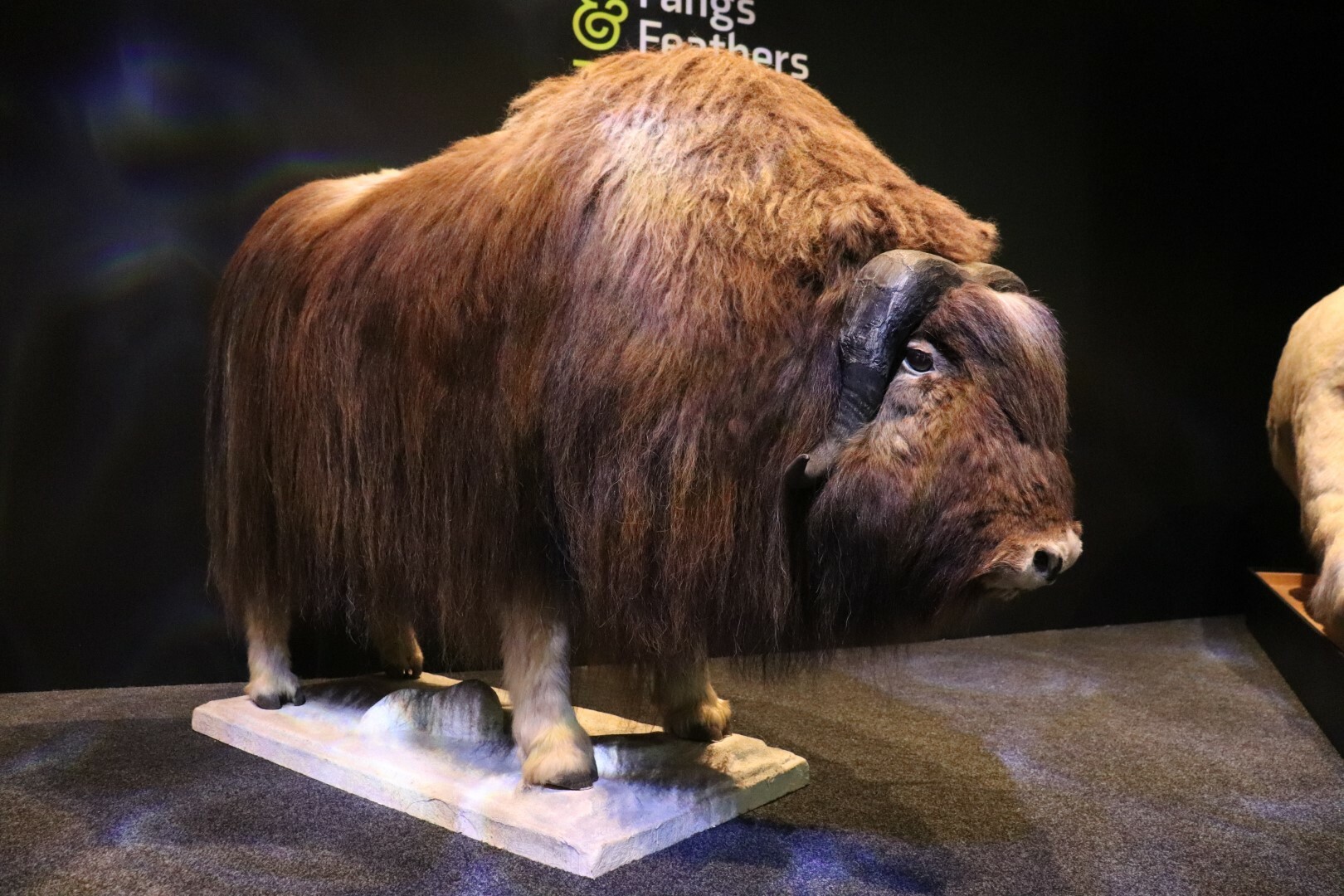
Looking at them, you might think they’re a close relative of bovine species like yaks, buffalo and domestic cattle – but you’d be wrong.
Muskoxen are actually part of the same subfamily as sheep and goats. So why do they look like cows?
The answer is that muskoxen and the ancestors of cattle evolved to fit similar niches in their respective environments.
Both are herd animals that graze wide open plains and use their size and large horns to fend off predators.




